Last month, world leaders met to stress the need for urgent actions to address climate change. The Leaders Summit on Climate Change—and the commitments discussed—occurred against a daunting backdrop: economies around the world have less than thirty years to cut overall carbon emissions to net zero. Next month, the G7 will take up this challenge, as will international partners in Milan before COP26. These meetings offer a critical chance to set a bold new direction in our fight against climate change.
Our success in this fight will require energy—low-carbon energy to transform our systems and carbon-intensive sectors of our economies. As Fatih Birol, head of the International Energy Agency, has observed, “energy is a good thing—the problem is emissions.” Nations across the world will have to produce much more low-carbon energy than we do today to drive sustainable development. In this endeavour they should be guided by a realistic, science-based approach. To quote Dr Birol again, “we do not have the luxury to exclude any clean energy technologies if we are serious about climate change.” Nuclear energy must be part of that clean energy mix, and we must show the same ambition for nuclear as for other clean technologies in the pursuit of net zero.
Nuclear is the largest source of clean electricity in developed economies and the second largest globally*. For decades, it has provided the firm, reliable, low-carbon generation our economies need and the long-term, well-paying jobs our citizens deserve. As we electrify additional sectors across the global economy, demand for clean power will surge. Nuclear energy will allow us to expand generating capacity with a minimal environmental footprint, while nuclear reactors can also be used to create green hydrogen, decarbonize heavy industry, and desalinize water. New nuclear designs based on proven technologies will mean that any country, large or small, can deploy nuclear to improve their energy security.
While it is essential to seize the opportunity to build additional clean energy capacity now, urgent action is also needed to preserve our existing low-carbon generation. By 2040, more than 100 gigawatts of nuclear capacity are due to retire, the single greatest loss of clean power in world history. Over the same period, the IEA estimates that global electricity demand will increase 50%. To ensure this new generation is carbon-free, governments around the world need to support the deployment of nuclear to partner with other low-carbon technologies such as wind, solar and hydroelectric power.
As global policy makers, we urge you to take immediate steps to prevent the premature closure of existing nuclear generation capacity and to accelerate the scale and timeframe for investment in new nuclear capacity:
- Nuclear energy should be clearly recognized in national and international policies and conventions as clean, low-carbon and sustainable alongside other low-carbon, clean and sustainable energy technologies.
- National and international policy frameworks should ensure equal access to climate financing for all low-carbon energy sources, including nuclear, and clearly signal this to the private finance and investment community as it assesses each company and project on its merits through a full range of Environmental, Social and Corporate Governance (ESG) metrics.
- Countries should maximize the generating potential of their existing nuclear reactors and build replacements for retiring reactors, to ensure that the world does not lose clean power capacity.
- Countries with existing civil nuclear energy expertise should support countries that wish to deploy nuclear energy responsibly, as well as expanding their own nuclear capacity.
- Countries should include nuclear energy alongside other low-carbon energy technologies in their Nationally Determined Contributions and in their Low-Emissions Development Strategies.
With these actions, global leaders can build on past investments in low-carbon capacity as they pursue technology-neutral policies that will make it possible for countries to deploy all the low-carbon options available. Do not deprive current and future generations of one of the most effective low-carbon generation sources currently available.
Our planet and our children’s future depend on our shared success.
* Nuclear power is the second most important source of clean power globally, after hydroelectric power.
This statement is available as a pdf.
Further information on the organizations issuing this statement can be found on their websites:
Canadian Nuclear Association
FORATOM
Nuclear Energy Institute
Nuclear Industry Association
World Nuclear Association



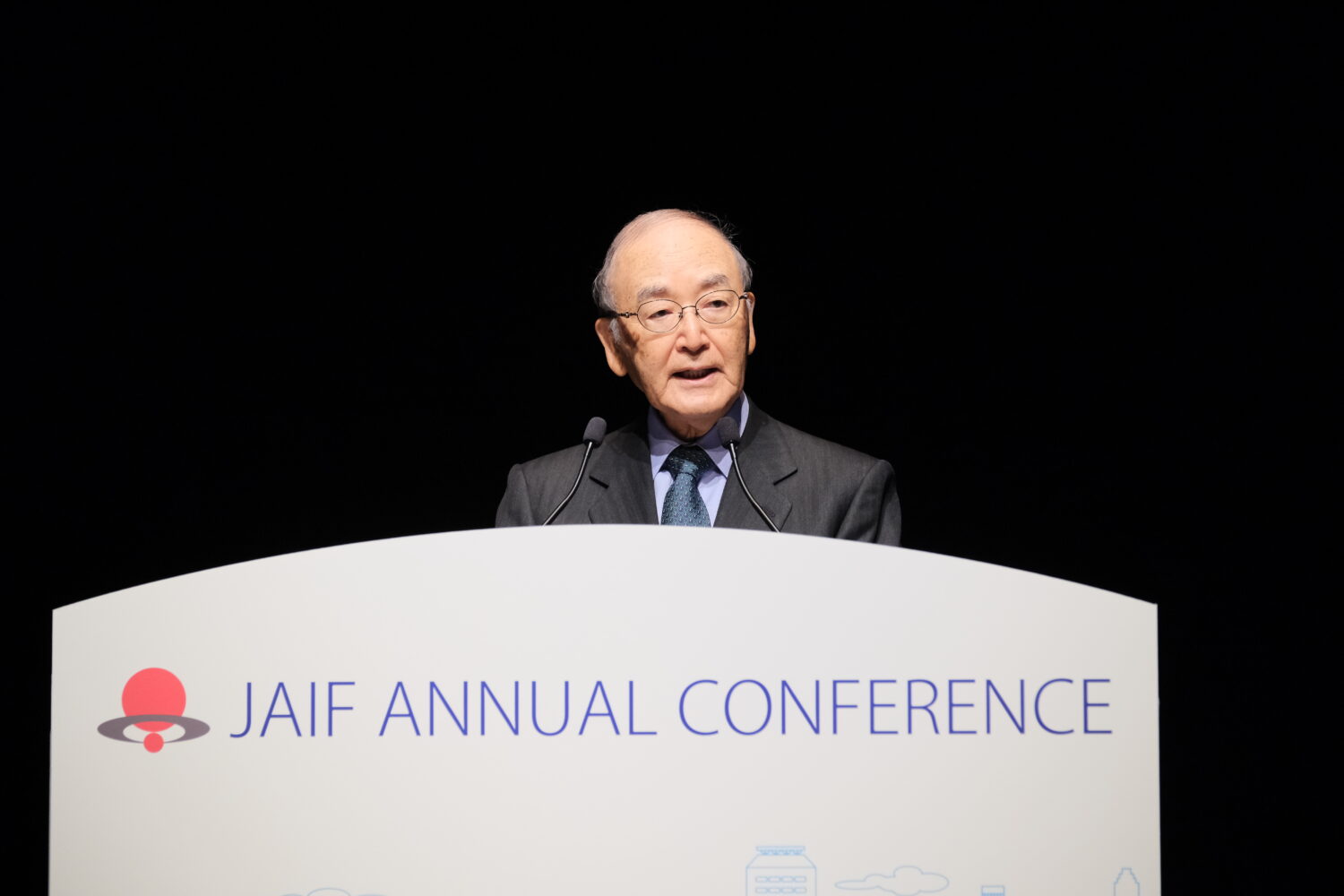
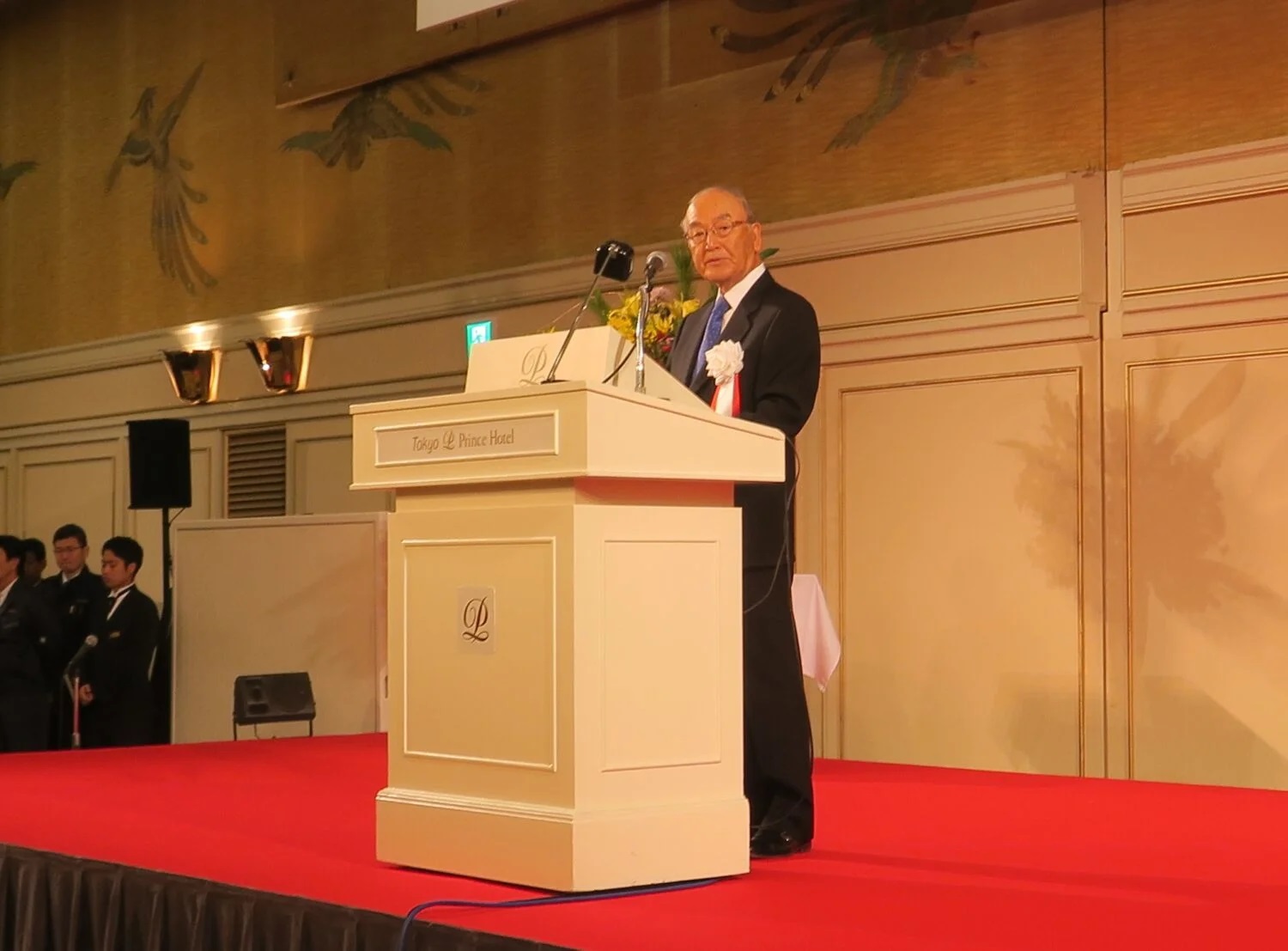


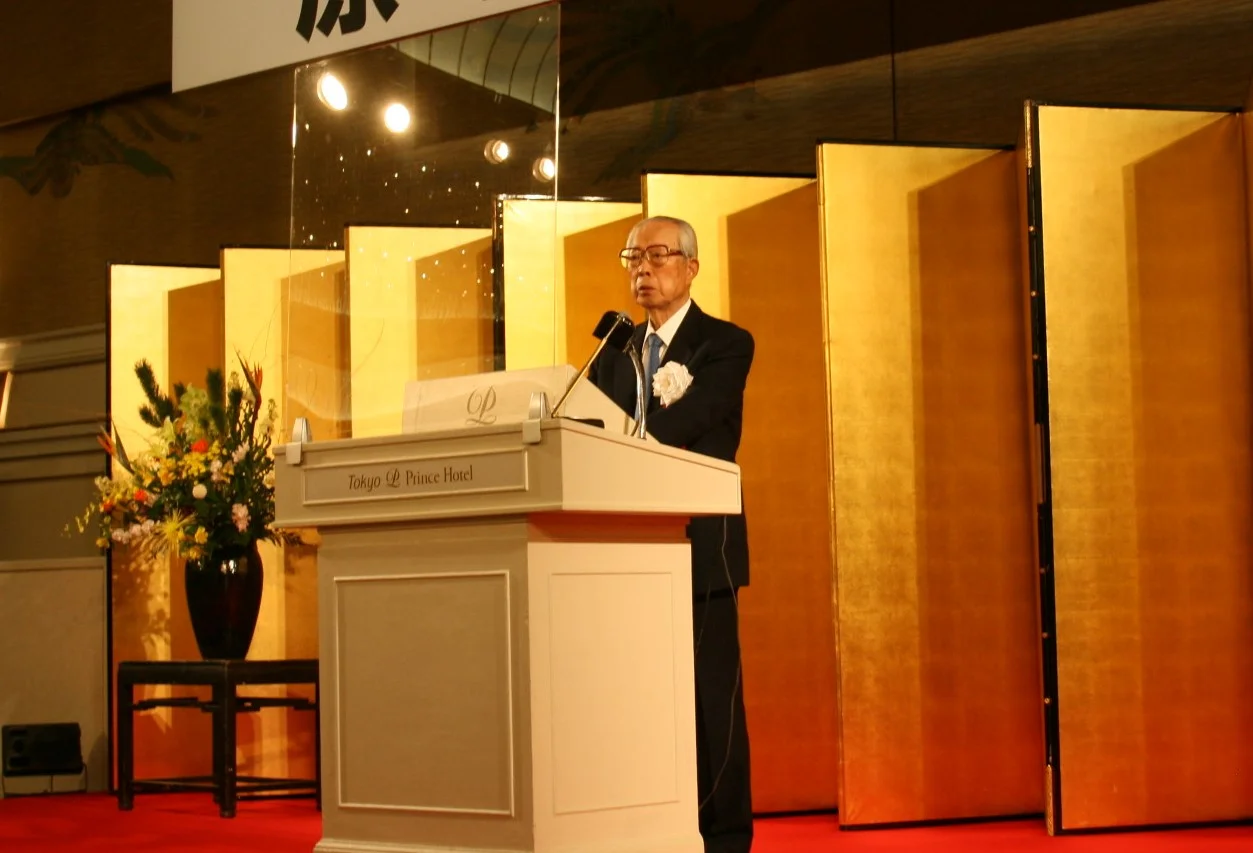


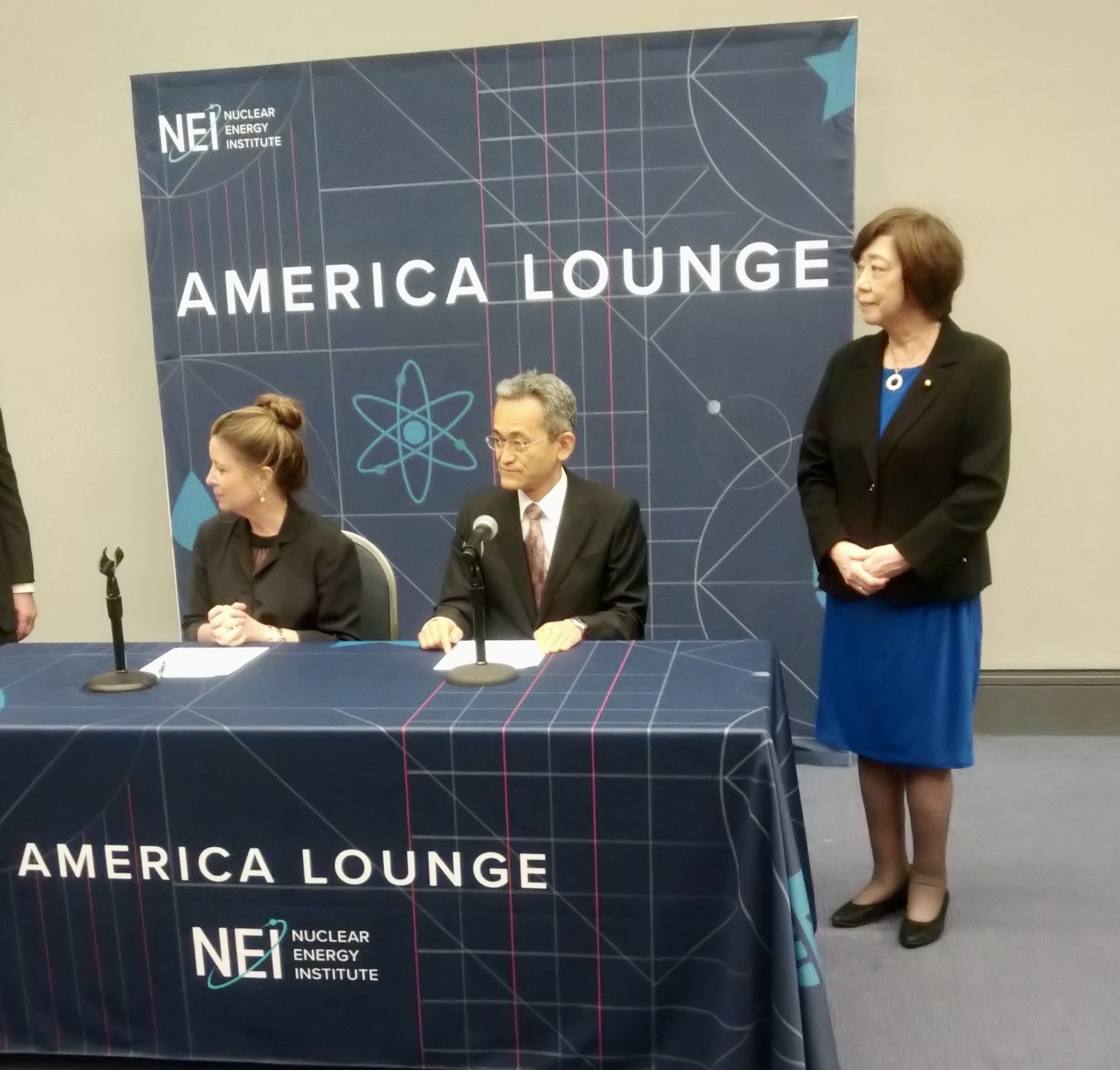
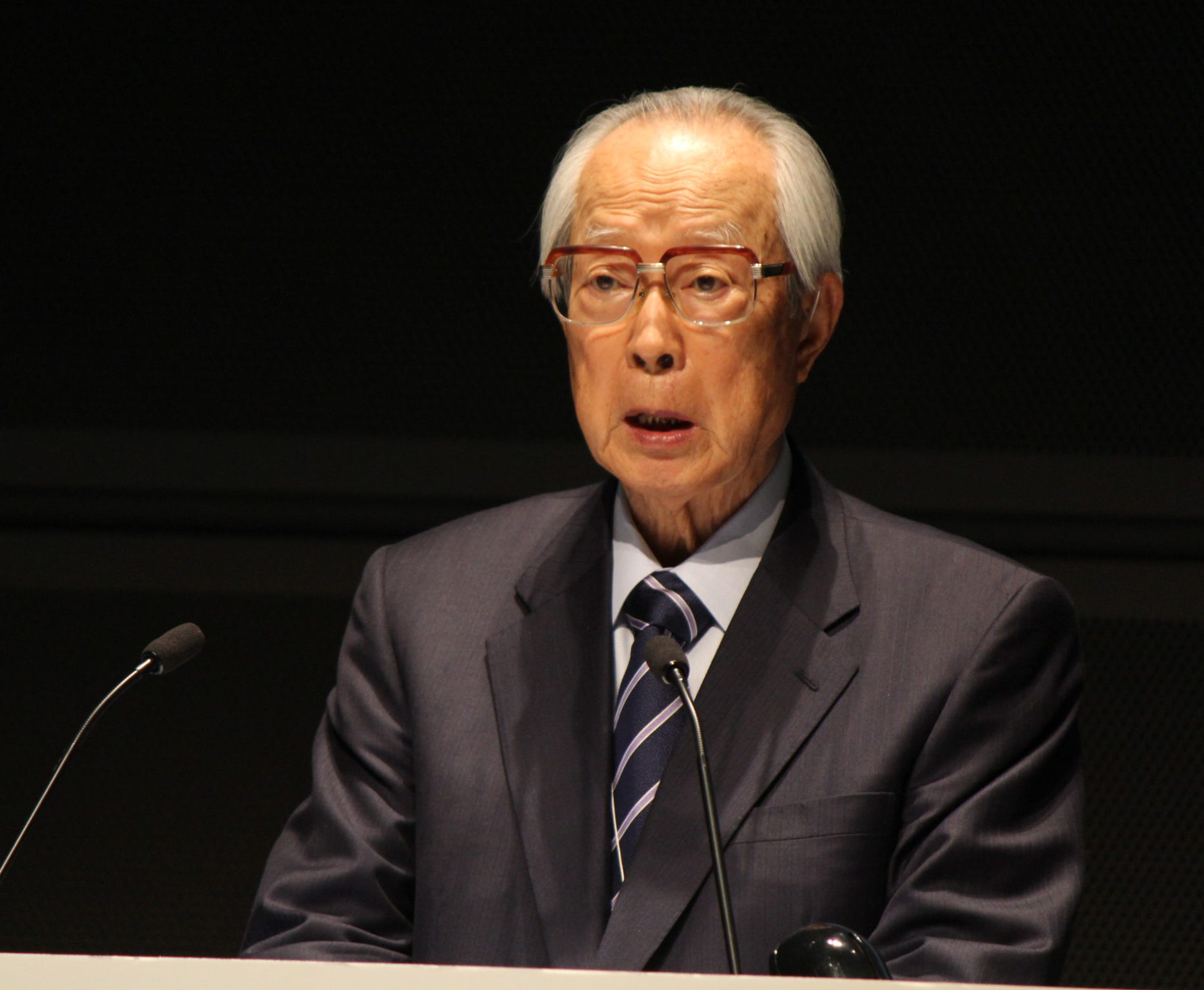
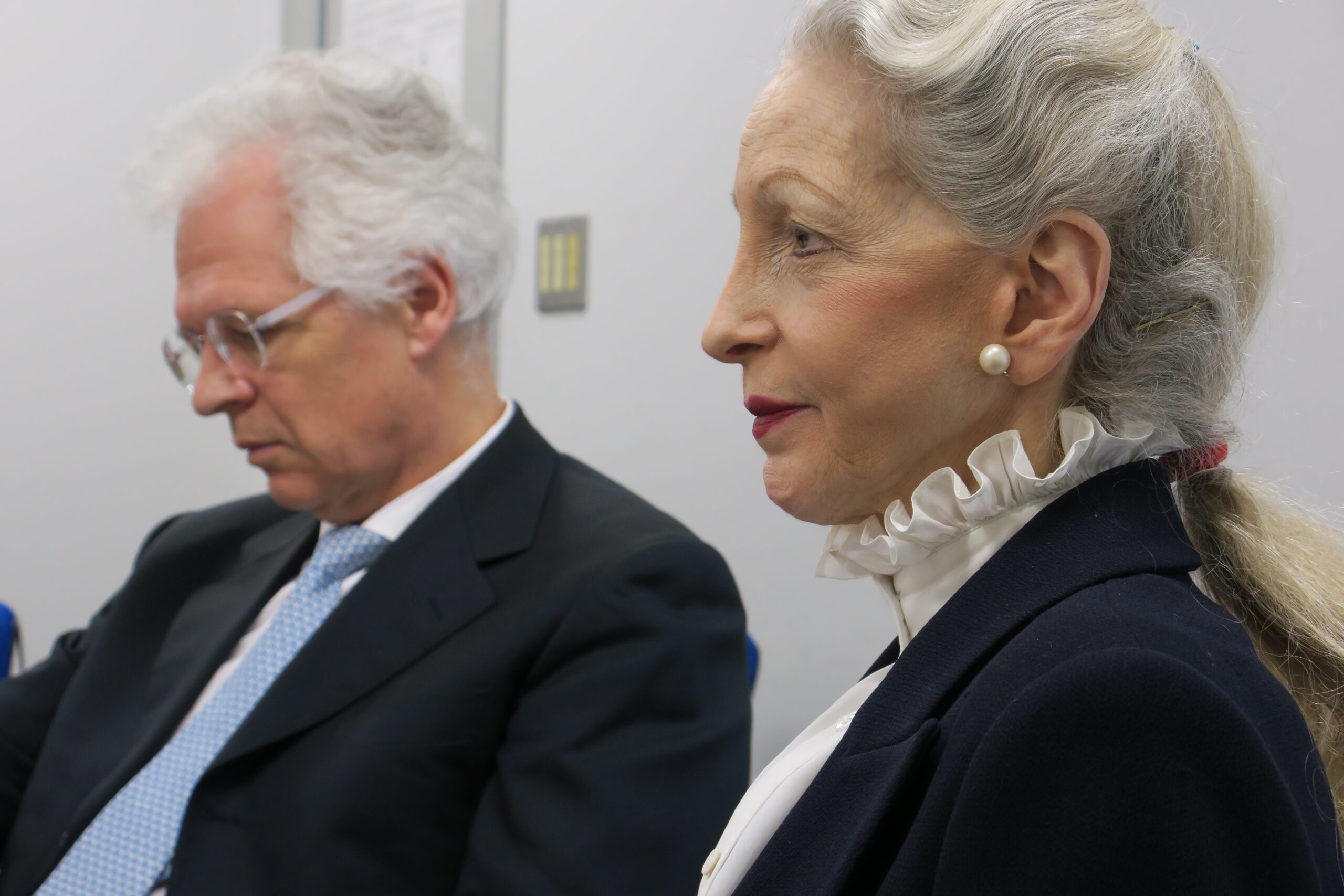



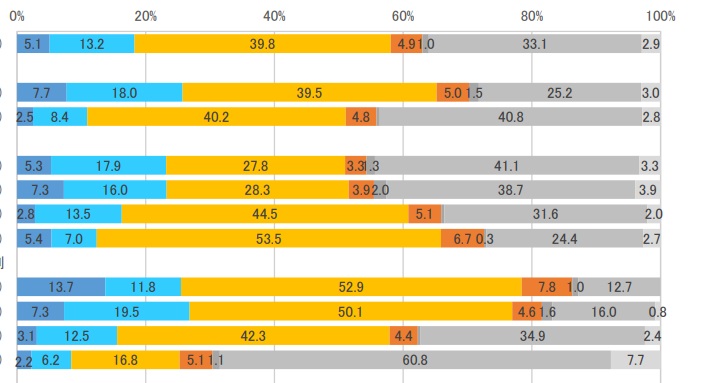


-1.png)














